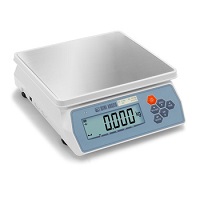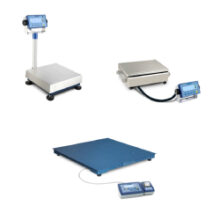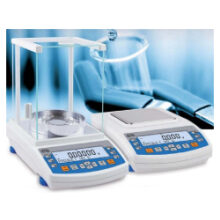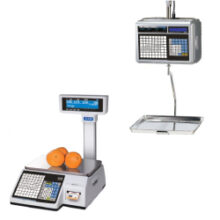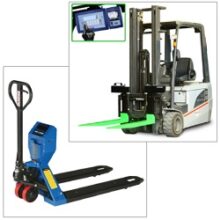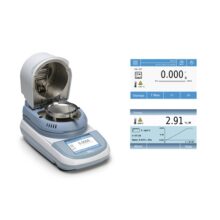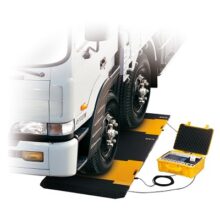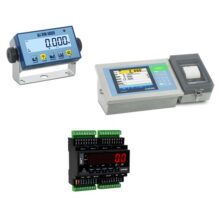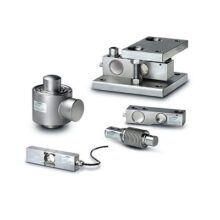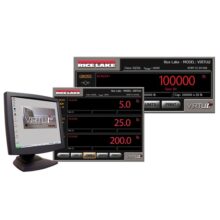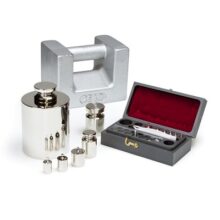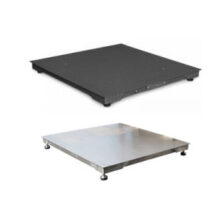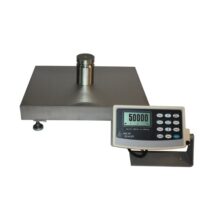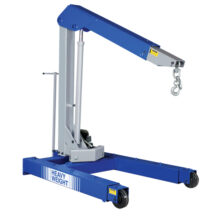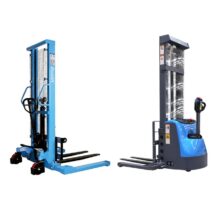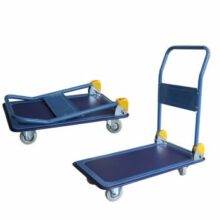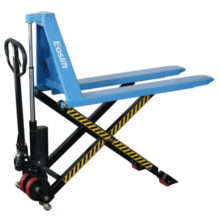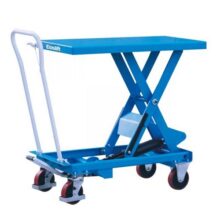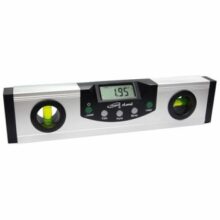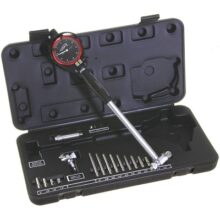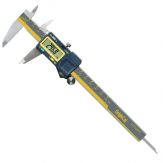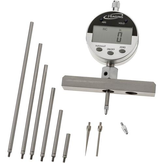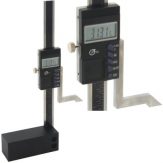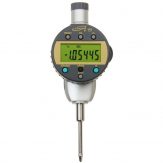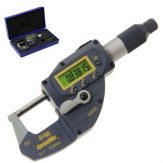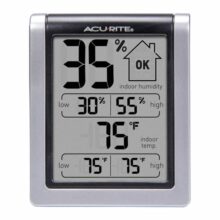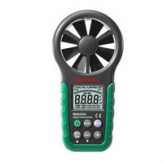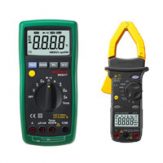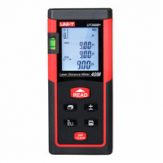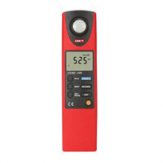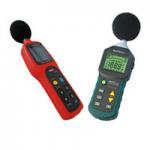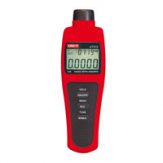A weighbridge load cell is a critical component of a weighbridge, also known as a truck scale. It is responsible for converting the weight of a vehicle and its load into an electrical signal that can be read by a weighing indicator and displayed as a weight measurement. In this article, we will discuss the different types of weighbridge load cells, their features and capabilities, and how they work.
Types of Load Cells
There are several different types of weighbridge load cells, each with its own unique features and capabilities. Some of the most common types include:
- Single point load cells: These load cells are the most basic type and are typically used for smaller weighbridges. They consist of a single load cell that is placed under the weighbridge platform.
- Multiple point load cells: These load cells consist of multiple load cells that are placed under the weighbridge platform. They are typically used for larger and more complex weighbridges.
- Beam load cells: These load cells are designed in the shape of a beam and are typically used for pit-mounted weighbridges. They are more durable and have higher capacity than single point load cells.
- S-type load cells: These load cells are shaped like the letter “S” and are typically used for low-profile weighbridges. They are more accurate than beam load cells and have a higher capacity.
How Load Cells Work
A weighbridge load cell works by converting the weight of a vehicle and its load into an electrical signal. This is achieved by using a strain gauge, which is a device that measures the deflection of the load cell caused by the weight. The strain gauge generates an electrical signal that is proportional to the weight measurement.
This electrical signal is then sent to a weighing indicator, which is a device that converts the electrical signal into a weight reading. The weighing indicator can be digital or analog, and it can display the weight reading in either pounds or kilograms. Some weighbridges also have a built-in printer that can print out a weight ticket, which can be used as a record of the weight measurement.
Calibration and Maintenance
To ensure accuracy and compliance with regulations, it is important to calibrate the weighbridge load cells regularly. This involves adjusting the load cells to ensure that they are measuring the weight correctly. The frequency of calibration will depend on the specific load cells and the environment in which they are used.
Regular maintenance is also important to ensure that the weighbridge load cells are functioning properly. This includes cleaning the load cells, checking for damage or wear, and ensuring that the strain gauges are functioning correctly. It is important to follow the manufacturer’s recommendations for maintenance and to keep detailed records of any maintenance or calibration that is performed.
Conclusion
In conclusion, a weighbridge load cell is a critical component of a weighbridge that is responsible for converting the weight of a vehicle and its load into an electrical signal. There are several different types of weighbridge load cells available, each with its own unique features and capabilities. It is important to choose the right load cells for your specific needs and to ensure that they are calibrated and maintained regularly to ensure accuracy and compliance with regulations. This will guarantee the proper functioning of the weighbridge and the correct weight measurement of the vehicles, resulting in the smooth operation of your business.

